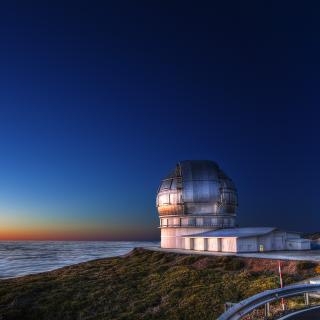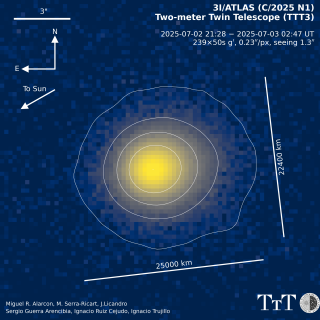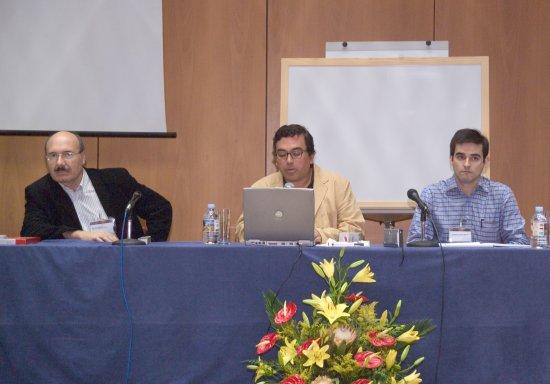It may interest you
-
 A study published today in Nature Astronomy , in which a researcher from the IAC has participated, outlines the discovery of an extremely rare type of binary system composed of two high mass white dwarfs. The two stars are so close together that they will eventually collide resulting in a supernova explosion which, due to its proximity to the Earth, will appear ten times brighter than the Moon. Type 1a supernovae are a class of cosmic explosion often used as "standard candles" to measure the expansion of the Universe. They occur when a white dwarf exceeds the Chandrasekhar mass - the limitAdvertised on
A study published today in Nature Astronomy , in which a researcher from the IAC has participated, outlines the discovery of an extremely rare type of binary system composed of two high mass white dwarfs. The two stars are so close together that they will eventually collide resulting in a supernova explosion which, due to its proximity to the Earth, will appear ten times brighter than the Moon. Type 1a supernovae are a class of cosmic explosion often used as "standard candles" to measure the expansion of the Universe. They occur when a white dwarf exceeds the Chandrasekhar mass - the limitAdvertised on -
 The Instituto de Astrofísica de Canarias (IAC) is one of the international researches centres which is following actively the asteroid 2024 YR4 which has been qualified by the United Nations (UN) as potentially dangerous, because it has a 1.5% probability of impacting the Earth during 2032.The asteroid was discovered in 2024 and has an estimated size of between 40 and 90 metres. Given these figures, the UN has activated the protocols of planetary defence to obtain more accurate estimates of the orbit, the size and the threat which might be presented by 2024 YR4. The protocols of the UN areAdvertised on
The Instituto de Astrofísica de Canarias (IAC) is one of the international researches centres which is following actively the asteroid 2024 YR4 which has been qualified by the United Nations (UN) as potentially dangerous, because it has a 1.5% probability of impacting the Earth during 2032.The asteroid was discovered in 2024 and has an estimated size of between 40 and 90 metres. Given these figures, the UN has activated the protocols of planetary defence to obtain more accurate estimates of the orbit, the size and the threat which might be presented by 2024 YR4. The protocols of the UN areAdvertised on -
 The Instituto de Astrofísica de Canarias (IAC) is actively participating in the observation of object 3I/ATLAS (C/2025 N1 ATLAS), initially included as A11pl3Z in the confirmed list of Near-Earth Objects (NEOs) of the International Astronomical Union's Minor Planet Centre (IAU/MPC). The object, which has been shown to be the third interstellar object detected in our solar system, was discovered by one of the telescopes in the ATLAS network for the detection and early warning of asteroids on an Earth-impact trajectory. The IAC is part of this network with its new telescope structure, ATLASAdvertised on
The Instituto de Astrofísica de Canarias (IAC) is actively participating in the observation of object 3I/ATLAS (C/2025 N1 ATLAS), initially included as A11pl3Z in the confirmed list of Near-Earth Objects (NEOs) of the International Astronomical Union's Minor Planet Centre (IAU/MPC). The object, which has been shown to be the third interstellar object detected in our solar system, was discovered by one of the telescopes in the ATLAS network for the detection and early warning of asteroids on an Earth-impact trajectory. The IAC is part of this network with its new telescope structure, ATLASAdvertised on
